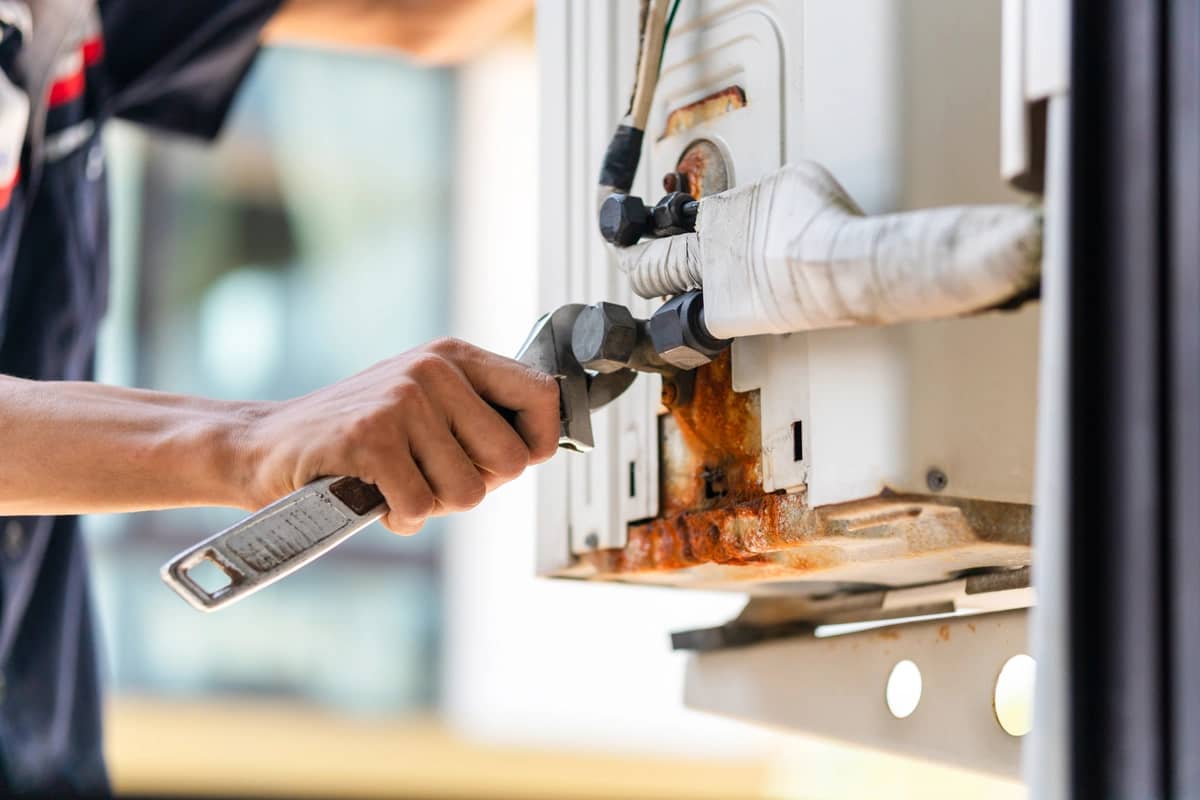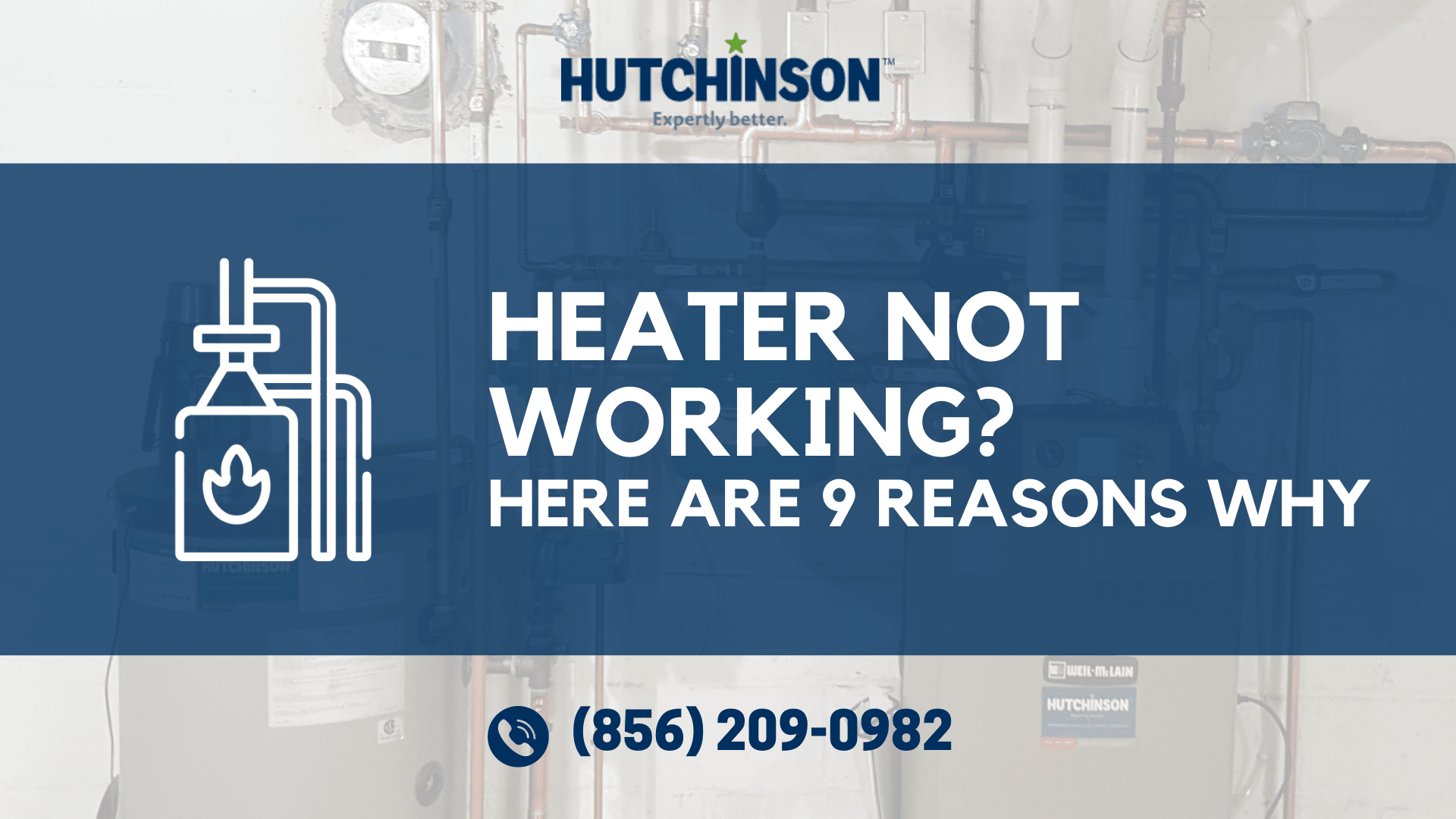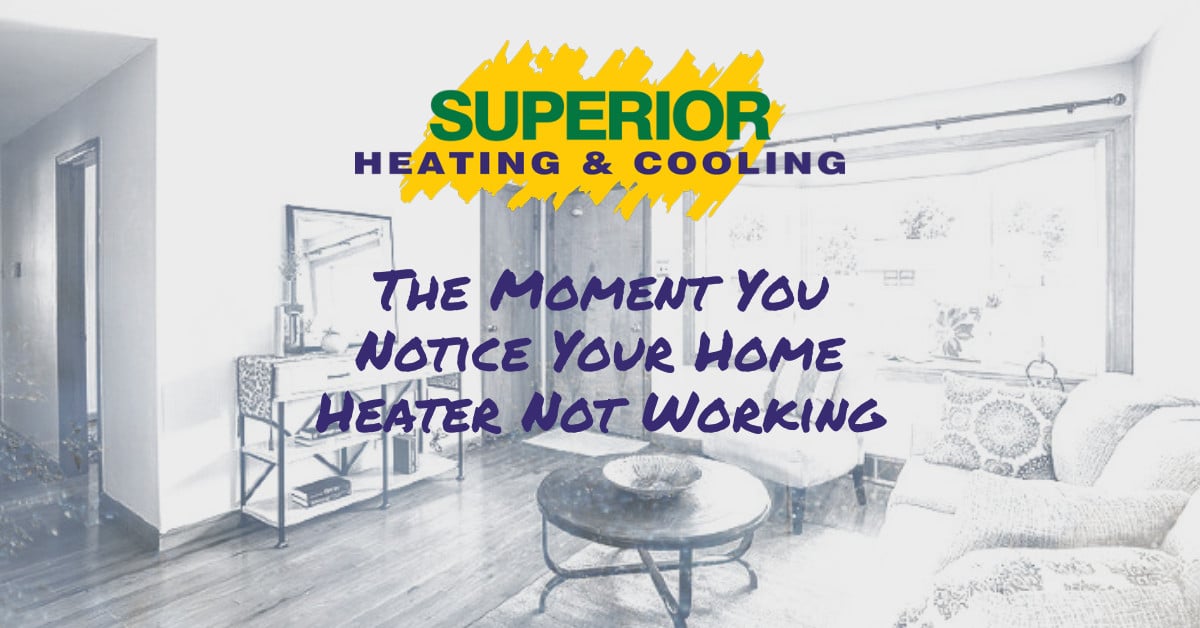My Heat Is Not Working In My House

Frequently Asked Questions: My Heat Is Not Working!
It's frustrating when your heat stops working, especially during cold weather. This FAQ addresses common issues and troubleshooting steps to help you understand and potentially resolve the problem.
Q: My thermostat is on, but the house is still cold. What could be wrong?
A: There are several potential reasons why your house isn't heating up even though your thermostat is on:
- Thermostat Setting: Double-check that your thermostat is set to HEAT and the temperature is higher than the current room temperature. A common mistake is leaving it on 'cool' or setting the temperature too low.
- Dead Batteries: If your thermostat is battery-powered, replace the batteries. Low batteries can cause inaccurate readings or prevent the thermostat from signaling the heating system.
- Tripped Breaker: Check your circuit breaker box for a tripped breaker related to your heating system (furnace, boiler, or heat pump). If you find a tripped breaker, reset it. If it trips again immediately, there may be a more serious electrical issue requiring professional attention.
- Furnace Pilot Light (Gas Furnaces): If you have an older gas furnace, the pilot light might be out. Carefully relight the pilot light following the manufacturer's instructions. If it goes out repeatedly, there could be a problem with the gas supply or the pilot light assembly.
- Dirty Air Filter: A clogged air filter restricts airflow to your furnace, causing it to overheat and shut down. Replace your air filter regularly (every 1-3 months, or more frequently if you have pets or allergies).
- Closed Vents: Ensure that vents are open in the rooms you want to heat. Closing vents in some rooms can disrupt the airflow and make other areas colder.
Q: How do I know if it's safe to try fixing the problem myself, or when should I call a professional?
A: Here's a guideline for when to DIY and when to call a heating professional:
DIY-Friendly Situations:
- Changing the thermostat batteries.
- Resetting a tripped breaker.
- Replacing a dirty air filter.
- Ensuring vents are open.
- Checking the thermostat settings.
- Relighting a pilot light (if you are comfortable and familiar with the process, and the manufacturer's instructions are clear).
Call a Professional Immediately If:
- You smell gas. Evacuate the premises immediately and call your gas company and the fire department from a safe location.
- You suspect a carbon monoxide leak. Carbon monoxide is odorless and deadly. Install carbon monoxide detectors and call the fire department if they alarm.
- The breaker trips repeatedly. This indicates a more serious electrical problem.
- You are uncomfortable or unfamiliar with relighting the pilot light.
- You have a complex heating system (e.g., boiler, heat pump) and the problem isn't obvious.
- You notice unusual noises (banging, grinding) coming from your furnace or boiler.
- You suspect a refrigerant leak (in heat pumps).
- You have tried basic troubleshooting and the problem persists.
In general, if you are unsure or uncomfortable working with gas or electricity, it's always best to err on the side of caution and call a qualified HVAC technician.
Q: My furnace keeps turning on and off frequently. What does this mean?
A: This is known as short cycling, and it's not normal. It can indicate several potential problems:
- Overheating: The furnace may be overheating due to a dirty air filter, blocked vents, or a malfunctioning blower motor. The furnace's safety mechanism is shutting it down to prevent damage.
- Flame Sensor Issues: The flame sensor is a safety device that detects the presence of a flame. If it's dirty or malfunctioning, it can incorrectly signal that the flame is out, causing the furnace to shut down.
- Faulty Thermostat: A malfunctioning thermostat can send erratic signals to the furnace, causing it to cycle on and off unnecessarily.
- Oversized Furnace: In some cases, the furnace may be too large for your home. It heats up the space too quickly and then shuts off, leading to short cycling.
While you can check the air filter and vents yourself, other issues like a faulty flame sensor or an oversized furnace require professional diagnosis and repair. Contact an HVAC technician to identify the root cause and recommend the appropriate solution.
Q: I have a heat pump, and it seems to be running constantly but not heating the house very well. What could be happening?
A: Heat pumps work differently than furnaces. They transfer heat rather than generate it. Here are some possible reasons why your heat pump isn't heating effectively:
- Emergency Heat: Check if your heat pump is stuck in emergency heat mode (also called auxiliary heat). This mode uses electric resistance coils, which are less efficient and can run up your electricity bill. If it's on, try switching it back to the regular heat pump setting.
- Refrigerant Leak: Heat pumps rely on refrigerant to transfer heat. A refrigerant leak can reduce the heat pump's ability to heat your home. This requires professional repair.
- Frozen Outdoor Unit: In cold weather, the outdoor unit of a heat pump can accumulate frost. The heat pump has a defrost cycle to melt the frost, but if the defrost cycle is malfunctioning, the unit can become completely iced over, hindering its performance.
- Dirty Air Filter: Just like with furnaces, a dirty air filter restricts airflow and reduces the efficiency of the heat pump.
- Incorrect Thermostat Settings: Make sure your thermostat is set to a reasonable temperature and that you haven't accidentally locked out the heat pump function.
If you suspect a refrigerant leak or a malfunctioning defrost cycle, it's crucial to call a qualified HVAC technician for diagnosis and repair. They can also check the refrigerant levels and ensure the heat pump is operating efficiently.
Q: What is the normal temperature fluctuation I should expect in my home when the heat is running?
A: A comfortable and energy-efficient heating system should maintain a relatively consistent temperature in your home. Here's a general guideline:
- Ideal Range: Aim for a temperature fluctuation of no more than 2-3 degrees Fahrenheit from your thermostat setting. For example, if you set your thermostat to 70°F, the temperature in your home should ideally stay between 67°F and 73°F.
- Factors Affecting Fluctuation: Several factors can influence temperature fluctuations, including:
- Outdoor temperature: Larger temperature differences between inside and outside can lead to greater fluctuations.
- Insulation: Poor insulation allows heat to escape more easily, resulting in temperature drops.
- Air leaks: Drafts from windows, doors, and other openings can create cold spots.
- Size and layout of your home: Larger homes with multiple levels may experience more uneven heating.
- Type of heating system: Some heating systems (e.g., radiant heat) provide more consistent temperatures than others (e.g., forced air).
- Significant Fluctuations: If you experience temperature swings of 5 degrees Fahrenheit or more, it's a sign that your heating system may not be working efficiently or that there are issues with your home's insulation or air sealing.
Consider improving your home's insulation and sealing air leaks to minimize temperature fluctuations and improve energy efficiency. If the problem persists, consult with an HVAC professional to assess your heating system's performance.
Q: How often should I have my heating system professionally inspected and maintained?
A: Regular maintenance is crucial for ensuring the efficiency, safety, and longevity of your heating system. Here's a general recommendation:
- Annual Inspection: Schedule a professional inspection and maintenance service at least once a year, preferably in the fall before the heating season begins. This allows the technician to identify and address any potential problems before they lead to a breakdown during the coldest months.
- Benefits of Regular Maintenance:
- Improved Efficiency: A well-maintained heating system operates more efficiently, saving you money on energy bills.
- Extended Lifespan: Regular maintenance can help extend the lifespan of your heating system, delaying the need for costly replacements.
- Enhanced Safety: Inspections can identify potential safety hazards, such as gas leaks or carbon monoxide leaks.
- Reduced Repair Costs: Catching problems early can prevent them from escalating into more expensive repairs.
- What a Professional Inspection Includes: A typical heating system inspection includes:
- Checking and cleaning the burner assembly.
- Inspecting the heat exchanger for cracks or leaks.
- Testing the safety controls.
- Measuring carbon monoxide levels.
- Inspecting the flue pipe for proper venting.
- Lubricating moving parts.
- Checking the thermostat calibration.
- Inspecting ductwork for leaks (for forced-air systems).
By investing in regular professional maintenance, you can keep your heating system running smoothly and safely for years to come.
Q: What are some ways to prepare my home for winter to prevent heating problems?
A: Taking proactive steps to winterize your home can significantly reduce the risk of heating problems and improve energy efficiency:
- Insulation: Add insulation to your attic, walls, and crawl spaces to minimize heat loss. Check for gaps or damaged insulation and replace it as needed.
- Air Sealing: Seal air leaks around windows, doors, pipes, and other openings using caulk, weather stripping, or expanding foam. This prevents drafts and reduces energy waste.
- Window Treatments: Use heavy curtains or drapes to insulate windows and reduce heat loss at night. Consider using thermal curtains for added insulation.
- Programmable Thermostat: Install a programmable thermostat to automatically lower the temperature when you're away or asleep, saving energy.
- Reverse Ceiling Fans: In rooms with ceiling fans, reverse the direction of the blades to create an updraft that pushes warm air down from the ceiling.
- Clear Gutters: Clean your gutters to prevent ice dams from forming, which can damage your roof and lead to water leaks.
- Check for Drafts: Identify and address any sources of drafts, such as leaky windows or doors.
- Prepare for Power Outages: Have a backup plan in case of a power outage, such as a generator or a wood-burning stove. Ensure you have sufficient blankets and warm clothing.
By taking these simple steps, you can prepare your home for winter and minimize the risk of heating problems, ensuring a warm and comfortable living environment.










